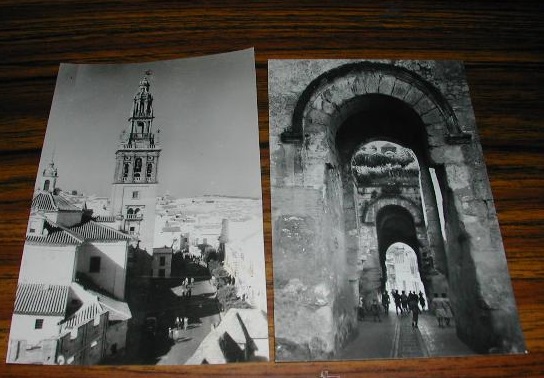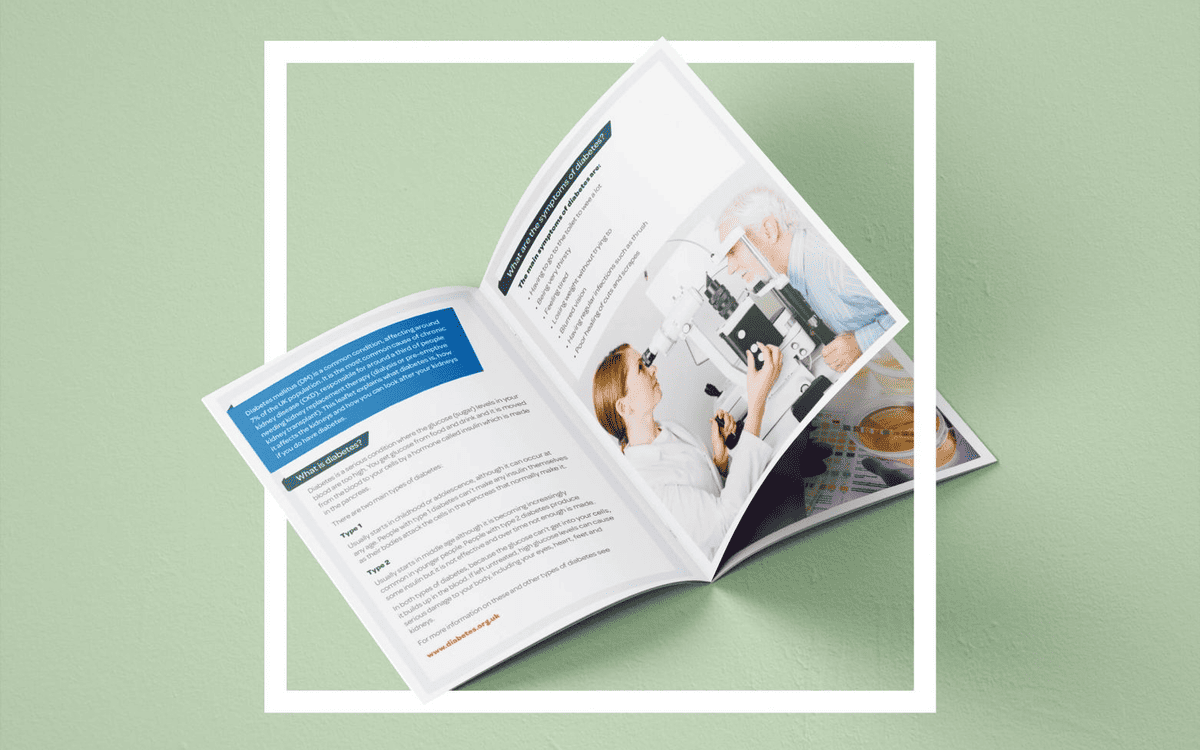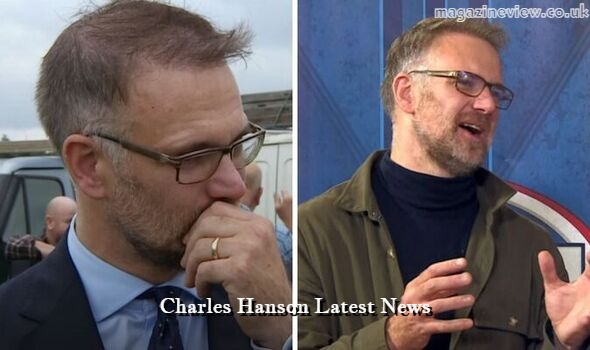Nestled in the heart of Andalusia, Utrera – a small, picturesque town with roots deep in Moorish history – has witnessed centuries of cultural fusion and transformation. Despite its diminutive size, Discovering Seviñña Utrera has a story to tell, a whisper of the past captured in the seemingly mundane, yet evocative fragments of its history.
Postcard #1: A Quiet Morning in Plaza La Corredera
Seville’s Hidden Gem
The first postcard emerges from a scene familiar to any who have crisscrossed this town: Plaza La Corredera. Here, the essence of Utrera unravels to curious onlookers. The plaza is an enclosed world where light dances with shadows, perpetuating a coalescence of community and solitude.
The Art of Stillness
The plaza’s antiquity is palpable, boasting an architectural lineage that spans from the Reconquista to the 19th century. Stone facades stand stoically, encasing the stillness of time within their walls.
A Cultural Crossroads
Seviñña was not just a geographic location; it was a state of mind. Plaza La Corredera symbolizes Utrera’s role as a cultural crossroads, where flamenco echoes of the Gypsy Moors, and the staccato beats of horse hooves acknowledge their heritage in the plaza’s dust.
Postcard #2: The Silhouette of Iglesia De Santa María
A Hymn to the Divine and Design
The second postcard shifts the focus to a silhouette etched against a radiant sunset—the Iglesia De Santa María. Towers kiss the sky, and the church’s intricate outline suggests a tale of faith and architectural brilliance that transcends time.
Craftsmanship in Detail
Iglesia De Santa María tells the story of Seviñña’s dedication to excellence. Each stone is placed with precision, a monument to the craftsmen whose names may remain unknown but whose meticulous work is immortalized in the contours of the church.
A Spiritual Quest
The church draws a congregation of passersby, art aficionados, and souls in search of meaning. For many, entering its doors is akin to a pilgrimage, and each step on its marble floors a step closer to the divine. Seated within its hallowed halls, one can feel the presence of generations who found solace within these walls.
Postcard #3: Market Day in Utrera
A Tempest of Aromas and Commerce
Completing our triptych is a bustling scene of Market Day—La Plaza De Abastos. The air is perfumed with the earthy scents of produce, anchoas, and the sweetness of melons, while the clamor of commerce contributes to the vibrancy of the town.
Where Gastronomy Meets Identity
The market is the gastronomic heart of Utrera, a living organism of culinary vitality and tradition. Each item is a thread in the tapestry of Utrera’s identity, connecting townsfolk to their ancestors through the rituals of preparation and consumption that define Andalusian life.
The Portrait of Everyday Life
Market Day encapsulates the essence of Seviñña’s daily life. Through this postcard, we are not merely observers; we are participants in the lifeblood of a community that values tradition and human connection above all else.
Conclusion
The Postcards of Utrera, Seviñña in 1960, hold a mirror to an Utrera which, despite the passage of time, remains hauntingly familiar. Its spirit persists in the Plaza’s quiet resilience, the Church’s solemn grandeur, and the Market’s vibrant tapestry.




